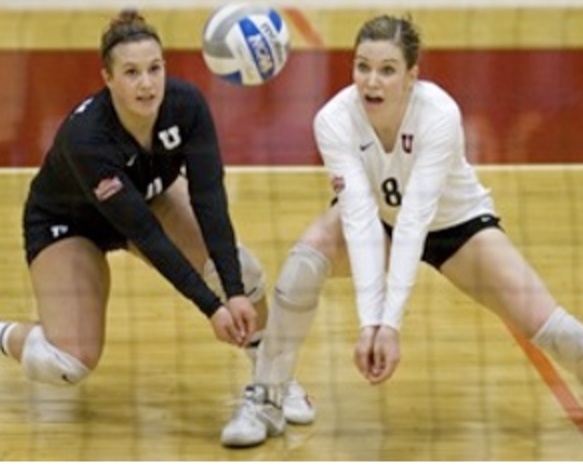Establishing Goals
Guide your team’s progress by providing a consistent goal setting plan.
Teams have been selected. Typically the next priorities are preparing for preseason matches, determining a starting lineup, and implementing your training plan. All of these are important, but you should also consider your season-long goals. In your season-long perspective – what is a realistic goal for each team in your program? How do you develop and implement a plan that gives each team the best opportunity to be successful and peak at the right time?
Goal Setting – Team
I equate proper planning to goal setting. In my years of coaching, my general goals remained consistent season to season (win league, state playoffs, etc.), but my annual planning reflected the necessary adjustments based on our current personnel compared to our opponents strengths and weaknesses.
For each team, it is imperative the group has a common vision and goal (a realistic one, please). For a coach to push a team to reach new successes, the team must embrace the goal and a great way to achieve this is to involve your players in setting the goals. Spend time over a couple of days introducing and finalizing the team goals. On the first day - usually at the end of practice - our teams would discuss our approach to goal setting. We then asked the team members to be prepared the next day to share their thoughts and come to a consensus. The next day - prior to practice - we would spend 15 to 30 minutes sharing thoughts and agreeing on one or more goals.
When first taking over a high school program, my typical year-one goal was to make the playoffs (for example, that may mean finishing in the top three in league). As we were successful, additional goals were added. In addition to team achievements, targets for specific statistics were also discussed (passing rating, hitting %, etc.).
Be sure to revisit these goals as your team progresses through the season. This provides validation for the process and ensures everyone receives feedback.
Note: This activity provides a great opportunity to allow your older players to practice leadership skills by taking a key role in the discussion. There are inherent long-term benefits for the program and team by promoting this leadership structure and empowering your athletes.
Goal Setting – Individuals
For the players, I suggest you provide an appropriate level of goal setting that will be fluid throughout the season. This means that a player will continually set short-term goals (for a week or a couple of weeks) which will be tangible and easy to evaluate. Each time you evaluate a player’s progress, you can then set new, appropriate goals. - that will then lead to the next set of goals. There may be a temptation to set seasonal goals for a player, but many factors could come into play that would impact or derail a seasonal goal. Stick to short term goals that your players can continually evaluate and adjust.
At the same time, don’t focus on too short of a time period. I have tried a variety of individual goal setting mechanisms and, in my experience, daily goal setting becomes too burdensome. For a player, writing a daily goal becomes monotonous. This will diminish the effectiveness of goal setting - which defeats the whole purpose.
In our program, the staff would provide a notebook or booklet for each player to write their goals. We would sit with our players (sometimes individually, sometimes as a team) to review the goal, progress, and next steps. We found that by including a group-share every couple of weeks, the players were able to support each other and encourage people to reach their current goal. With individual meetings, you get quality 1-on-1 time, which provides a safe environment for players to share their concerns (fears) or other thoughts.
Key – Consistency. If you opt to implement a goal setting plan, it is vital that you support it through the season. A significant negative for team/program culture is to introduce goals and their importance only to let the process slide or just disappear.
Make sure that your staff continually reviews each player’s goals as you move through the season. This gives validation to the process and inspires players to strive to reach these goals.
In the next post we will clean up some odds and ends before we focus on team culture and training.
